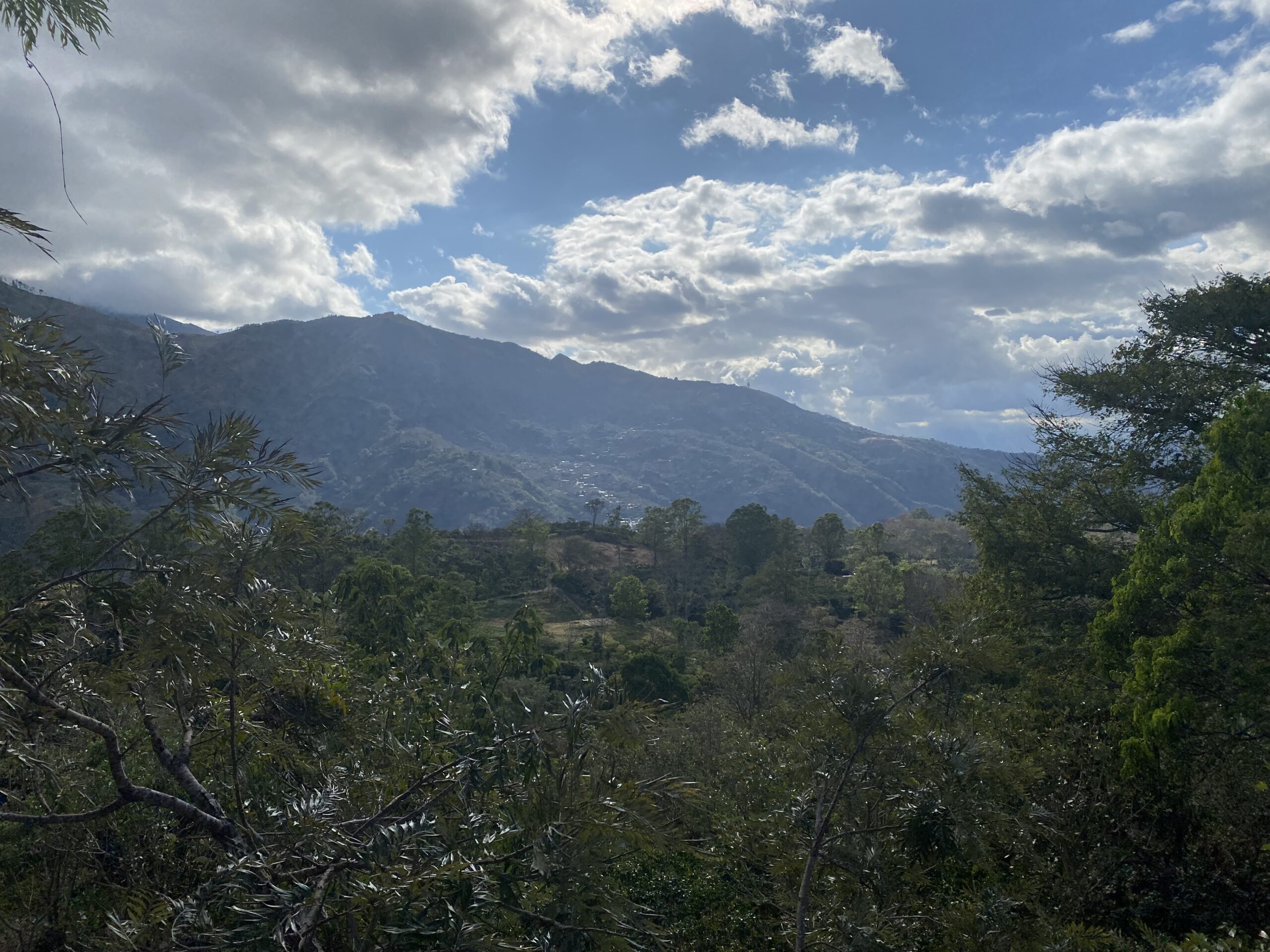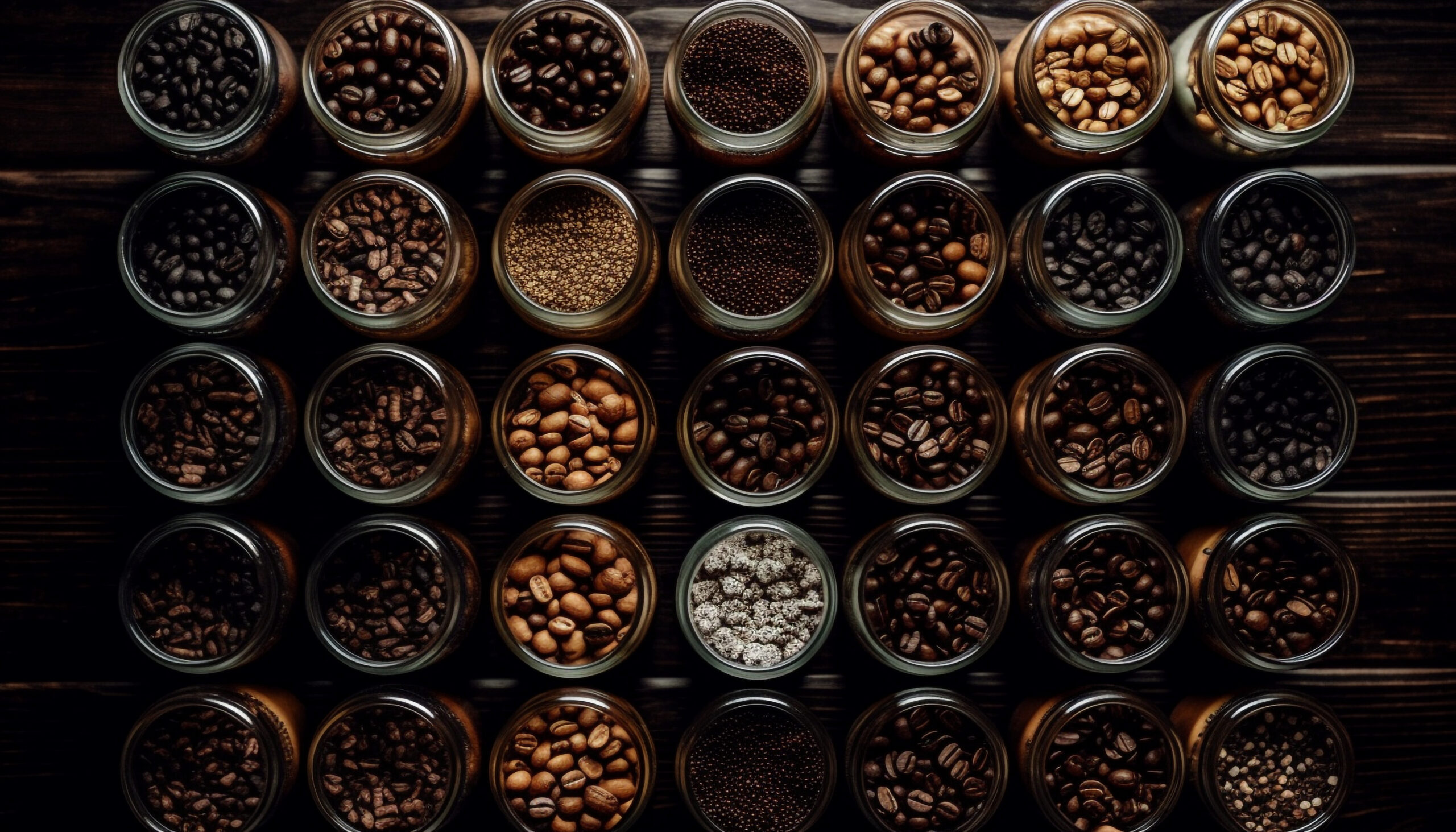
Costa Rica is one of the first countries to adopt climate-friendly practices for coffee production.
Costa Rica is known for producing “strictly hard bean” (SHB) coffee beans.
10% of the population of Costa Rica is involved in coffee production.
9 Costa Rican Coffee Facts
As the sun rises on the picturesque landscapes of Central America, Costa Rica emerges as a vibrant gem. This small yet captivating country boasts awe-inspiring beaches, majestic mountains, and lush rainforests teeming with life. It’s no wonder that over 2 million visitors flock to its shores each year, drawn by its abundant biodiversity and tropical climate.
And yet, Costa Rica’s true allure lies beyond these natural wonders, in its coffee. Amidst this beautiful backdrop, vast stretches of coffee farms thrive, producing some of the finest whole bean and ground coffee brews in the world.
So let’s grab our favorite coffee mugs and embark on a journey to uncover nine fascinating facts about Costa Rica and Costa Rican coffee. Each discovery will deepen your appreciation for this delightful elixir and the enchanting land from which it originates.
1. One of the First Countries to Adopt Climate-Friendly Coffee
Costa Rica is one of the first countries to adopt climate-friendly practices for coffee production. Between 2011 and 2021 the country actively worked to reduce greenhouse (GHG) emissions; a project named “Low-Carbon Coffee NAMA” was aimed at improving the production standard of coffee by limiting the use of nitrogen fertilizers, using large shade trees to reduce CO2 emission and planting special coffee plants that produced more beans.
Moreover, a significant number of coffee farms in Costa Rica proudly bear the Rainforest Alliance certification. This certification serves as a testament to their unwavering dedication to safeguarding the environment and upholding ethical farming practices.
By supporting these certified farms, you can enjoy your cup of coffee knowing that it has been cultivated with utmost care for both nature and the livelihoods of the farmers.
Learn how to brew our sustainably sourced Costa Rican beans here.
2. Producers of Strictly Hard Bean (SHB)
Costa Rica’s stable but tropical climate creates the perfect environment to grow “strictly hard bean” (SHB). These are coffee beans that have the opportunity to grow slowly allowing them to develop a complex, dense, and sweet taste.
Strictly hard beans grow in regions that receive adequate rainfall, have rich volcanic soil, and experience cool temperatures due to elevation. An ideal Costa Rican SH bean would likely be found above 1350 meters, in areas like Terrazu.
3. Country Of Coffee Growers
In the thriving nation of Costa Rica, home to around 5 million people, a remarkable 10% of the population dons the hat of a coffee farmer. This land is not only brimming with experts and connoisseurs who appreciate the art of coffee, but its love affair with this beloved bean traces back to an extraordinary moment in history.
Cast your mind back to the year 1779, when the first coffee plants were brought to Costa Rica all the way from Cuba. Little did they know that this humble introduction would ignite a fiery passion that would shape the future of the nation.
Fast forward to 1821, a time when Costa Rica yearned for independence from Spain. It was during this pivotal moment that the country made a bold move – exporting its precious coffee beans as a symbol of autonomy and self-sufficiency. Within a mere decade, coffee production skyrocketed, overtaking other commodities like sugar and tobacco, and establishing itself as the driving force behind Costa Rica’s economic growth.
From those early days to the present, the art of coffee cultivation has flourished, creating a legacy that continues to thrive, enriching the lives of both the farmers and those who savor each and every sip of Costa Rican coffee.
4. Land of Single-Origin Coffee
Costa Rican coffee is often offered as single-origin, allowing coffee lovers to savor the unique flavors specific to each region within the country. Tarrazú, Naranjo, and Tres Ríos are just a few of such renowned coffee-producing regions where the rich volcanic soil and ideal environmental conditions produce beans that have nuanced flavors.
These flavors can be truly enjoyed when the beans are lightly roasted. Don’t just take our word for it, try some of our Costa Rican Single-Origin Coffee.
5. Eight Magnificent Coffee Regions
Beyond the well-known coffee-growing regions of Tres Ríos and Terrazú, Costa Rica surprises with its eight distinct and diverse coffee-growing regions. Despite its small size, this country is a treasure trove of coffee cultivation.
From the enchanting Valle Occidental to the mesmerizing Tres Ríos, the adventurous Turrialba to the vibrant Brunca, and the picturesque Orosi to the celebrated Terrazú – each region boasts its own special charm. Let’s not forget the captivating flavors that emerge from the Valle Central and the captivating beans produced in Guanacaste.
These regions gift us with an array of flavor profiles, each as distinctive as it is tantalizing.
6. Coffee Beans Other Than Arabica Were Banned from Being Planted
Costa Rican coffee is almost exclusively Arabica beans. This type of coffee is renowned for its smooth, mild flavor and balanced acidity, making it highly sought after by coffee aficionados who appreciate its nuanced taste.
In fact, in 1989 a law was passed by the Costa Rican government that forbids coffee growers to produce anything other than Arabica beans. In 2018, however, this ban was lifted, but even then, much of Costa Rica focused heavily on producing good Arabica coffee.
Try some of our Arabica bean coffee here.
7. Ideal Growing Conditions
Coffee is notoriously hard to grow. A slight change in temperature or environmental factors and you can end up with completely different-tasting beans. Costa Rica’s climate and environmental conditions make it one of the best places to grow coffee beans.
The highlands in Costa Rica provide optimal elevation for coffee growth, whereas the distinct rainy and dry seasons hydrate the plants without oversaturating them. Add to this the volcanic soil magic, and the perfect trifecta of good soil, perfect climate, and ideal temperature for coffee farmers is born, delivering coffee beans that are imbued with a unique, well-rounded taste.
8. Started Honey Processed Coffee
Traditionally coffee producers used two techniques, natural or washed. In 2006, a Costa Rican man named Juan Ramón Alvarado experimented with a process that combined the two techniques.
With this method, part of the mucilage of the beans remains in the seed and is dried without washing. As the mucilage dries with a bean, it produces a sticky honey-like consistency, hence the name, this process results in a creamier, richer, and more intensely flavored coffee.
While this process is still a work in progress, it has garnered a lot of popularity over the years.
9. Premium Pricing
Costa Rica is known to price its coffee at a premium level. The main reason for this is the quality of the beans; the country mostly grows Arabica beans, which are superior in quality and demand more care during the growing and harvesting process.
Additionally, since the country is relatively small and can only produce a certain amount of coffee, the growing demand for these beans and limited supply also hike up the prices.
Conclusion
Costa Rican coffee is a journey through history, geography, and culture. Its unique flavors and sustainable practices have earned it a well-deserved place in the hearts of coffee lovers worldwide.
So, whether you’re sipping it in a bustling Costa Rican café or brewing it at home, take a moment to appreciate the fascinating facts about Costa Rican coffee.
Special cheers to you on selecting your favorite coffee roast with knowledge. The perfect aroma, coupled with the best flavor, awaits you. #coffeemugsunite
Related posts
- May 2024 How long does roasted coffee last for peak flavor? Why are coffee roast dates important? Discover what you need to know about coffee shelf life in this post!
- Apr 2024 Want to make delicious cold brew at home? Discover the simple perfection of Takeya’s cold brew pitcher & ditch the store-bought concentrate!


